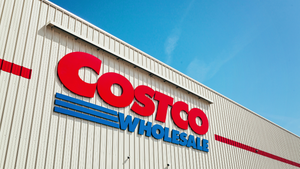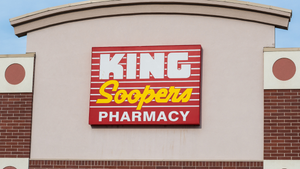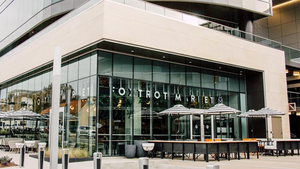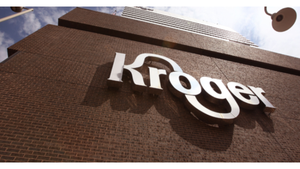Soaring demand for weight-loss drugs could change food spendingSoaring demand for weight-loss drugs could change food spending
Study finds GLP-1 medications such as Ozempic could result in cuts to grocery spending and reductions in spending at fast-food restaurants during breakfast and dinner
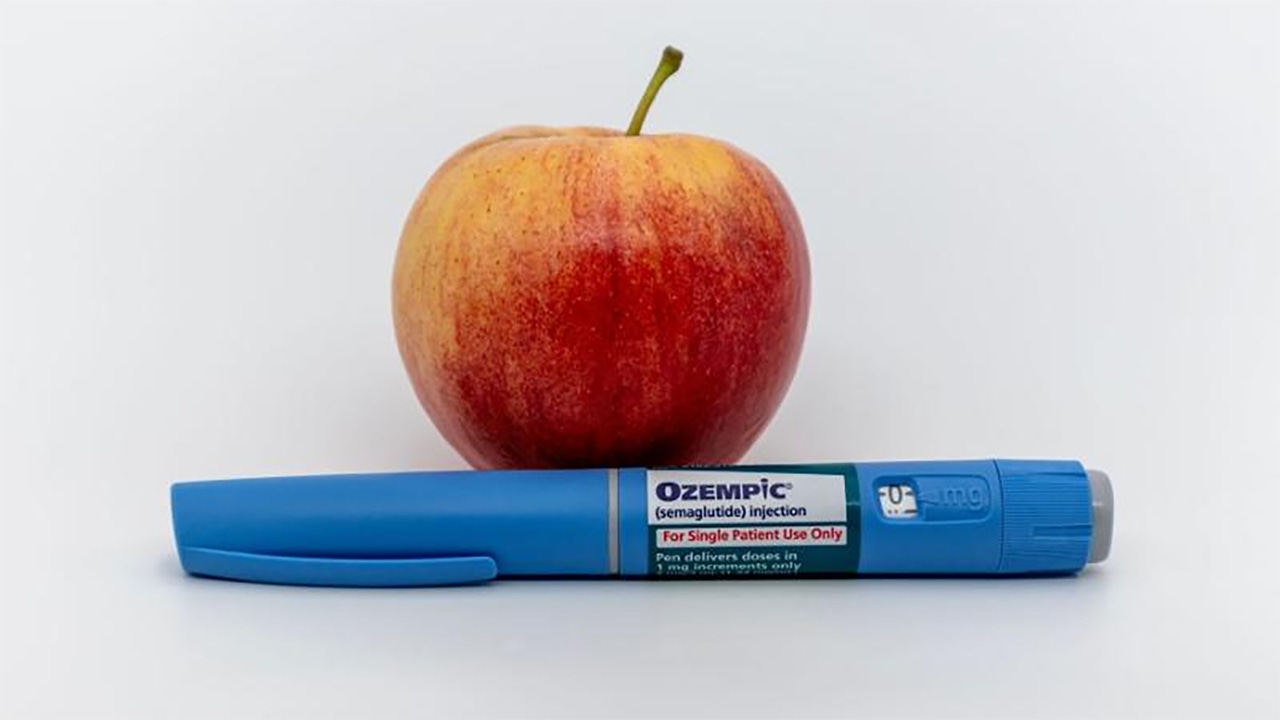
Demand for weight-loss drugs such as Ozempic could fundamentally change—and ultimately reduce—consumer spending on food at both grocery stores and fast-food restaurants, according to a recent study from the Cornell SC Johnson College of Business and the data firm Numerator.
Households with at least one user of GLP-1 drugs, the diabetes medications found to encourage weight loss, reduced their grocery spending by about 6% within six months of starting the drugs. For higher-income households, the spending cut is as much as 9%.
The study also examined the impact of spending at fast-food restaurants, finding that households cut spending at them in the morning and evening. Higher-income households with a GLP-1 user cut spending at breakfast. For lower-income households, the cut came at dinner.
The magnitude of the changes slow down 12 months after consumers start using the medications, but spending decreases persist and remain “statistically significant,” according to the study, which examined transaction data from July 2022 through October 2024. The data comes from Numerator, a market-research firm that examines data from 150,000 U.S. households.
“Companies that rely heavily on calorie-dense, processed or indulgent foods are likely to face declining demand and need to reassess their product portfolios to remain competitive,” the study’s authors wrote.
The results provide the latest and clearest picture of the potential impact of such medications on U.S. food spending. As such medications increase in popularity, companies may need to consider options catering to this group.
GLP-1 medications include Ozempic, Wegovy, Zepbound and Mounjaro. They have been used for years to treat Type 2 diabetes and some one in eight Americans have used them at some point, according to the Kaiser Family Foundation.
But studies have found that the medications are effective at encouraging weight loss. Numerous celebrities such as Oprah Winfrey, Jim Gaffigan and Kathy Bates have publicly acknowledged using the medications. Some experts are now concerned about overuse.
And, indeed, prescriptions for GLP-1 drugs for weight loss soared 32% from June through September, according to the data firm Truveta. Overall prescriptions increased 12% over that period.
Investors have been speculating about the impact these medications and changes in consumer dining habits could have on both supermarkets and grocers. That’s played at least some role in the performance of some fast-food stocks, which declined 3.6% on average last year.
The Cornell study found a “gradual and sustained decline in grocery spending” in the six months after someone in a household went on the drugs. The study estimates that the average household cuts their spending by $416 over the course of a year.
Higher-income households cut their spending more, however, by $690 over the course of a year.
What type of food these households buy also changes. GLP-1 users cut spending on high-calorie, high-sugar or high-fat items. They get fewer chips, baked goods and cookies, cutting spending on those items by as much as 11%.
The study examined fast-food chains and coffee shops, finding the biggest spending reductions during breakfast, before 11 a.m., and at dinner, from 4 p.m. to 9 p.m. That suggests GLP-1 consumers adjust the time they eat meals and their overall “consumption patterns.”
Some restaurant companies have already started changing menus to adapt to a consumer on more of these weight-loss drugs. The chain Smoothie King, for instance, created a GLP-1 Support Menu for such users.
This story was originally featured on Restaurant Business, a sister publication of Supermarket News.
About the Author
You May Also Like



